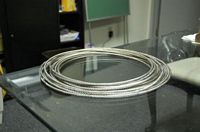 The latest post on the LaserMotive blog gives an impressive indication of how powerful the laser they will be using this year is. From the blog:
The latest post on the LaserMotive blog gives an impressive indication of how powerful the laser they will be using this year is. From the blog:
“These images just reinforce that the level of power we’re using for power beaming is beyond “just” eye danger and well into the realm of immediate skin danger – at the peak in the center of the beam, the power density was probably greater than 300 normal solar intensity. Our lasers from 2006 were powerful but the brightness was not as high as the new laser. Dilas has done an impressive job in increasing the brightness of the laser, and as a result the beam is much better collimated, so it stays very intense over a much longer distance. That is part of what enables us to beam adequate power over a kilometer away.”
Check out the post on the LaserMotive blog. It just reinforces the fact that this year’s competition at the Space Elevator Games is going to be truly exciting. And, just as an aside, why do hardware engineers always like to break things? In the software world, we liked to make things work… 🙂
(Picture from the LaserMotive blog. Click on it for a slightly larger version or visit the LaserMotive blog post)

 As I
As I 


 The
The 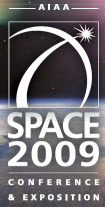 Space Tethers and Technology
Space Tethers and Technology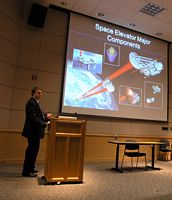
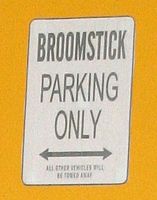

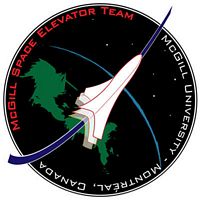 I guess my RSS reader (FeedDemon) has some issue with the
I guess my RSS reader (FeedDemon) has some issue with the 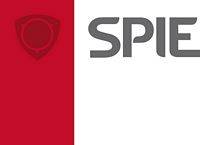 I have just been informed that
I have just been informed that  This year’s
This year’s  On the Liftport blog, Michael Laine put up a post detailing (in a very abbreviated fashion) his adventures (to date) with trying to get a Space Elevator built. This post;
On the Liftport blog, Michael Laine put up a post detailing (in a very abbreviated fashion) his adventures (to date) with trying to get a Space Elevator built. This post; 